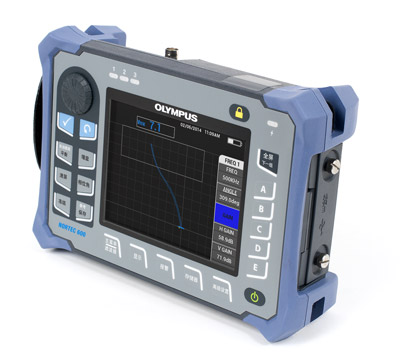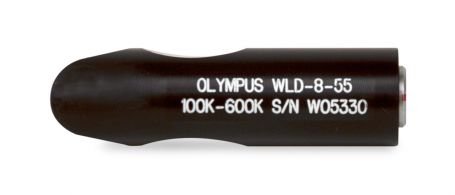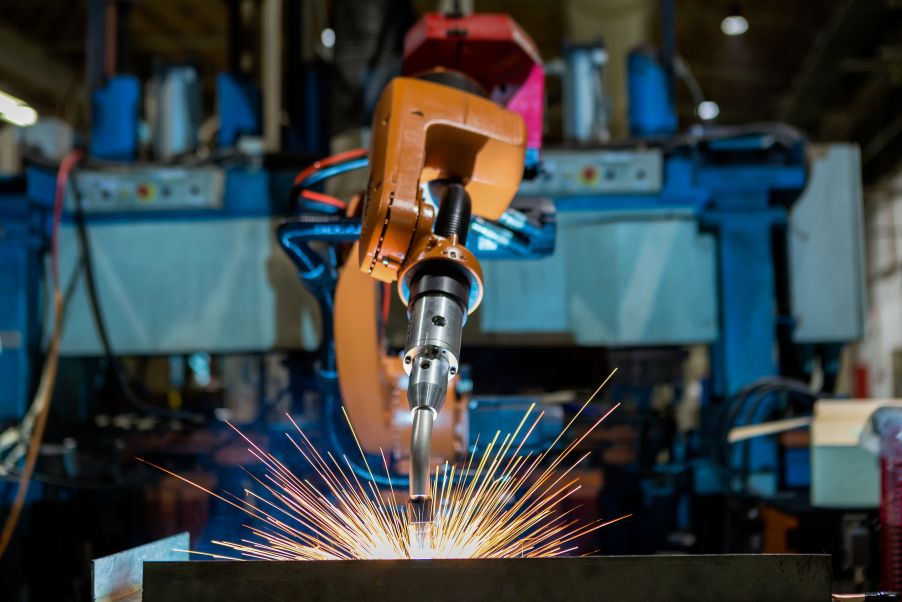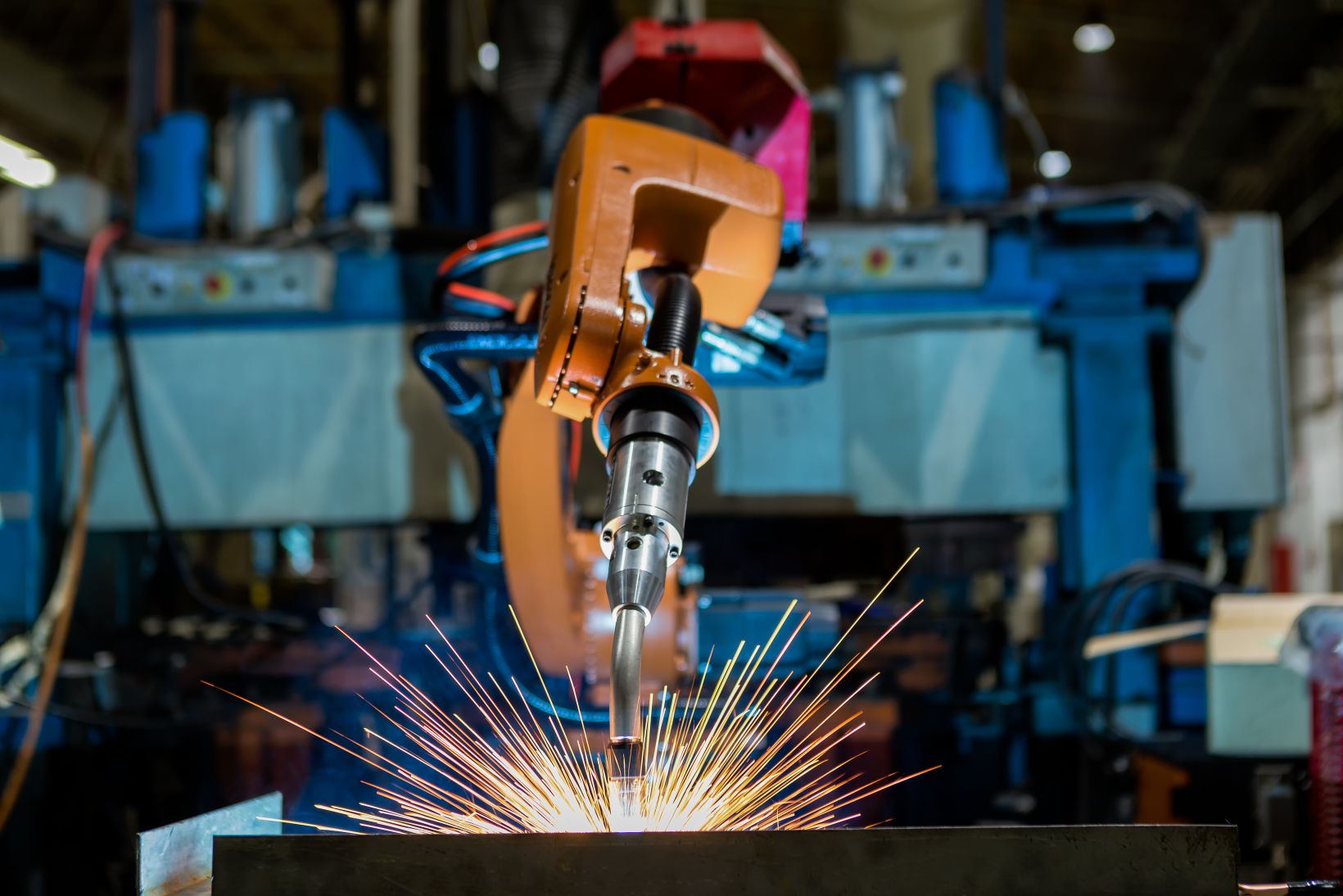Laser welding is an efficient and precise welding method that uses a high-energy-density laser beam as the heat source. Today, laser welding is mostly used to weld thin-walled parts, which are widely used in high-precision manufacturing fields such as the automotive, shipbuilding, and aircraft industries.
The manufacturing industry continues to transform as companies innovate and create more high-tech products. Intelligent manufacturing is becoming mainstream, and the production requirements are constantly improving. To meet these requirements, manufacturers are turning to in-line automatic welding to perform large-scale, rapid welding of parts.
Automatic Welding Advantages and Drawbacks
The advantages of automatic welding are that it’s fast and has a low labor cost, providing a level of production efficiency that manual welding can’t achieve. However, defects such as porosity, false welding, and cracks can occur, which will affect the production quality.
Manual detection methods for the workpiece and its defects simply can’t match the production efficiency of the automated production line. As a result, a fast detection method like eddy current testing is needed to inspect the workpiece on the production line quickly and efficiently.
What Is Eddy Current Testing?
Eddy current testing, also known as ECT, is a nondestructive testing method based on the principle of electromagnetic induction, which is applied to conductive materials. ECT is sensitive to small cracks and can quickly detect surface and near-surface defects.
The eddy current test probe doesn’t need to make contact with an object to test it and can inspect conductors with complex shapes and sizes. As there is no need to use couplant, the detection speed is fast, making ECT an efficient way to inspect parts on an automated production line.
An eddy current flaw detection system is composed of an eddy current flaw detector, eddy current probe, host computer, and motion control system. Once the flaw detector is integrated into the production line, manufacturers can take advantage of in-line flaw detection with real-time results.
The Key Components of an Eddy Current Testing System
Here’s an overview of the main components of an eddy current testing system:
1. Eddy current flaw detector
Our NORTEC™ 600 eddy current flaw detector combines high-performance digital circuitry and advanced technology. With a 5.7-inch VGA display and full-screen mode, it can present eddy current signals with high visibility and good contrast in most lighting conditions. The NORTEC 600 flaw detector easily integrates into the assembly line for fast setup.

Olympus NORTEC 600 eddy current flaw detector
2. Eddy current probe
With the flaw detector, an eddy current probe can provide manufacturers with an economical and effective method to inspect welds on the production line. The process is clean and nondestructive, and there is no need to remove any coatings or oxide layers, saving time. The probe is also sensitive to detect different kinds of defects.

An Olympus weld probe designed to inspect ferrous welds
3. Host computer
The host computer is a common industrial computer that can control the detection process through communication with the eddy current flaw detector and the motion control system.
4. Motion control system
The motion control system coordinates between the workpiece and the probe in the detection process so that the probe can complete the weld inspection. It works like this:
When the host computer sends the start command, the motion control system will move the workpiece and probe to the designated position. Then the host computer sends the test instructions to the eddy current flaw detector, and it starts to work.
At the same time, the host computer sends test instructions to the motion control system, and the motion control system moves the eddy current probe to inspect the entire weld area. After the inspection is completed, the host computer sends the end command to the motion control system and eddy current flaw detector to complete the weld inspection.
If defects are found during inspection, the host will send an alarm signal to the host computer. The host computer will then prompt the operator that the workpiece is ‘no-go’ (NG) or OK after receiving the signal.
Staying Current with Advanced Flaw Detection Technologies
As more industrial manufacturers adopt Industry 4.0 and intelligent manufacturing practices, employing fast and connected technologies like an ECT system will help you reach the next level of efficiency to stay competitive.
Related Content
Webinar: Improved Methods for the Inspection of Carbon Steel Welds


